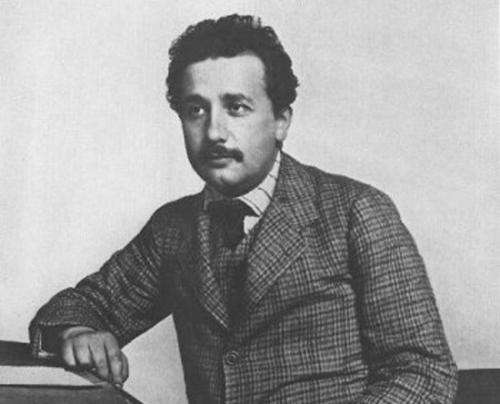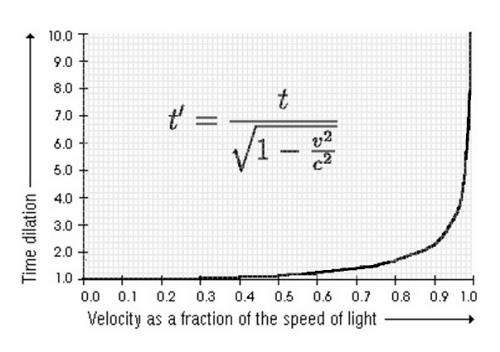Special relativity from first principles

Einstein’s explanation of special relativity, delivered in his 1905 paper On the Electrodynamics of Moving Bodies focuses on demolishing the idea of ‘absolute rest’, exemplified by the theoretical luminiferous aether. He achieved this very successfully, but many hearing that argument today are left puzzled as to why everything seems to depend upon the speed of light in a vacuum.
Since few people in the 21st century need convincing that the luminiferous aether does not exist, it is possible to come at the concept of special relativity in a different way and just through an exercise of logic deduce that the universe must have an absolute speed – and from there deduce special relativity as a logical consequence.
The argument goes like this:
1) There must be an absolute speed in any universe since speed is a measure of distance moved over time. Increasing your speed means you reduce your travel time between a distance A to B. At least theoretically you should be able to increase your speed up to the point where that travel time declines to zero – and whatever speed you are at when that happens will represent the universe’s absolute speed.
2) Now consider the principle of relativity. Einstein talked about trains and platforms to describe different inertial frame of references. So for example, you can measure someone throwing a ball forward at 10 km/hr on the platform. But put that someone on the train which is travelling at 60 km/hr and then the ball measurably moves forward at nearly 70 km/hr (relative to the platform).
3) Point 2 is a big problem for a universe that has an absolute speed (see Point 1). For example, if you had an instrument that projected something forward at the absolute speed of the universe and then put that instrument on the train – you would expect to be able to measure something moving at the absolute speed + 60 km/hr.
4) Einstein deduced that when you observe something moving at the absolute speed in a different frame of reference to your own, the components of speed (i.e. distance and time), must change in that other frame of reference to ensure that anything moving at the absolute speed can never be measured moving at a speed greater than the absolute speed.
Thus on the train, distances should contract and time should dilate (since time is the denominator of distance over time).

And that’s it really. From there one can just look to the universe for examples of something that always moves at the same speed regardless of frame of reference. When you find that something, you will know that it must be moving at the absolute speed.
Einstein offers two examples in the opening paragraphs of On the Electrodynamics of Moving Bodies:
-- the electromagnetic output produced by the relative motion of a magnet and an induction coil is the same whether the magnet is moved or whether the coil is moved (a finding of James Clerk Maxwell‘s electromagnetic theory) and;
-- the failure to demonstrate that the motion of the Earth adds any additional speed to a light beam moving ahead of the Earth’s orbital trajectory (presumably an oblique reference to the 1887 Michelson-Morley experiment).
In other words, electromagnetic radiation (i.e. light) demonstrated the very property that would be expected of something which moved at the absolute speed that it is possible to move in our universe.
The fact that light happens to move at the absolute speed of the universe is useful to know – since we can measure the speed of light and hence we can then assign a numerical value to the universe’s absolute speed (i.e. 300,000 km/sec), rather than just calling it c.
More information: None! That was AWAT #100 – more than enough for anyone. Thanks for reading, even if it was just today. SN.
Source: Universe Today



















